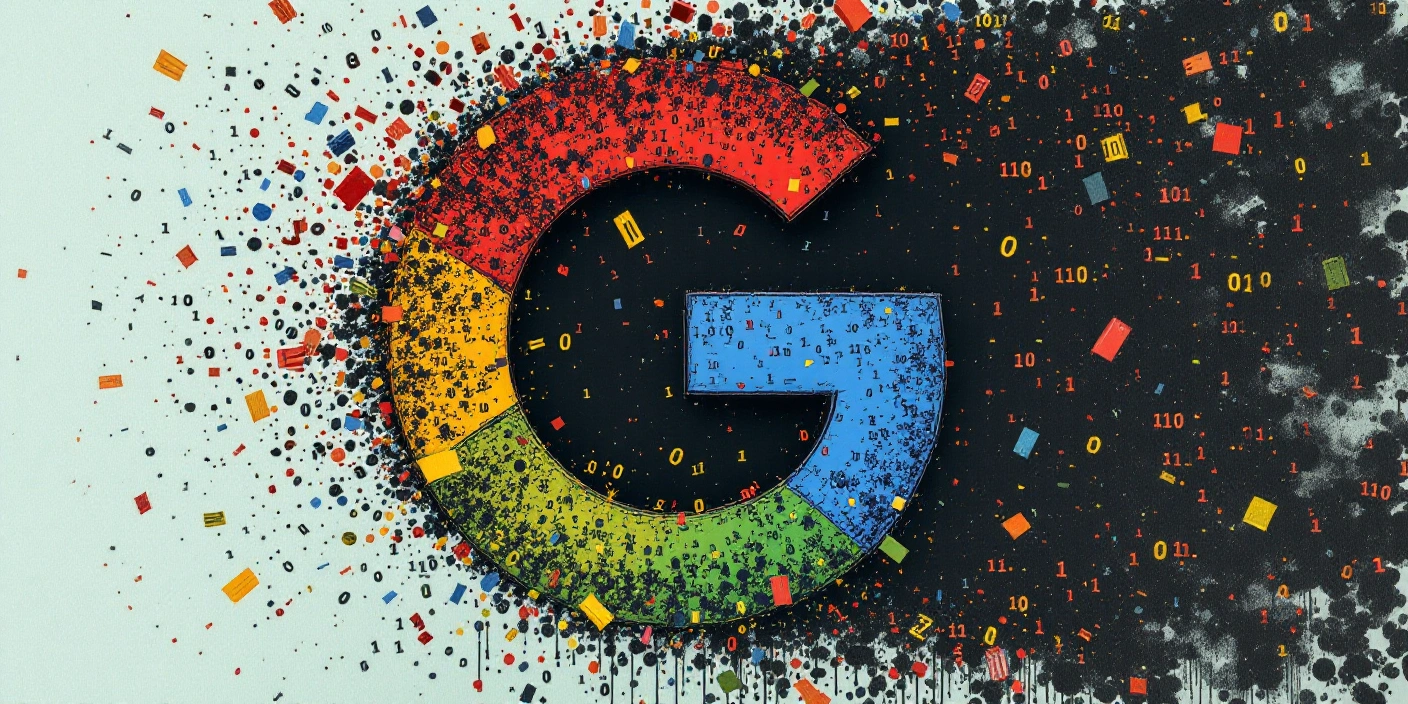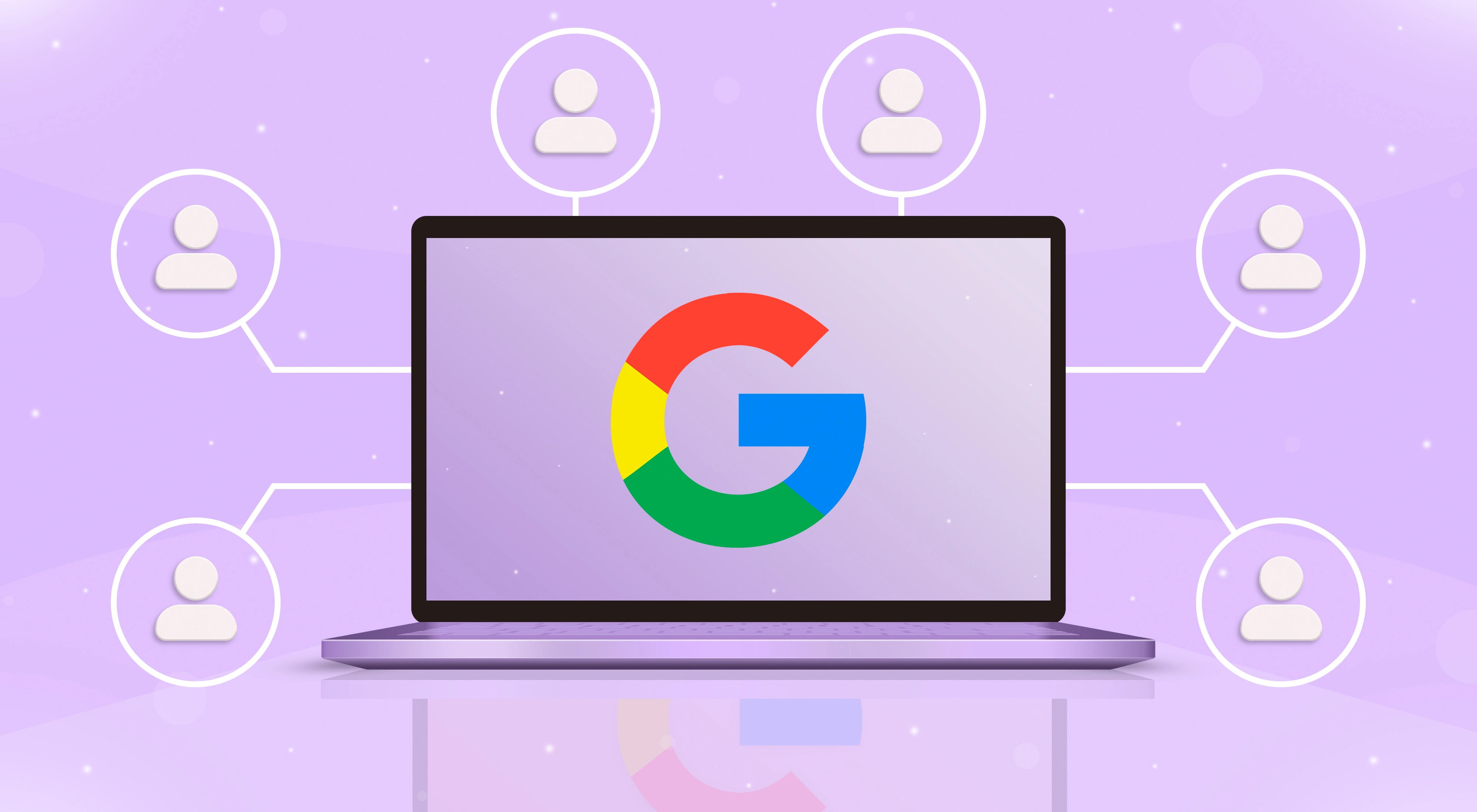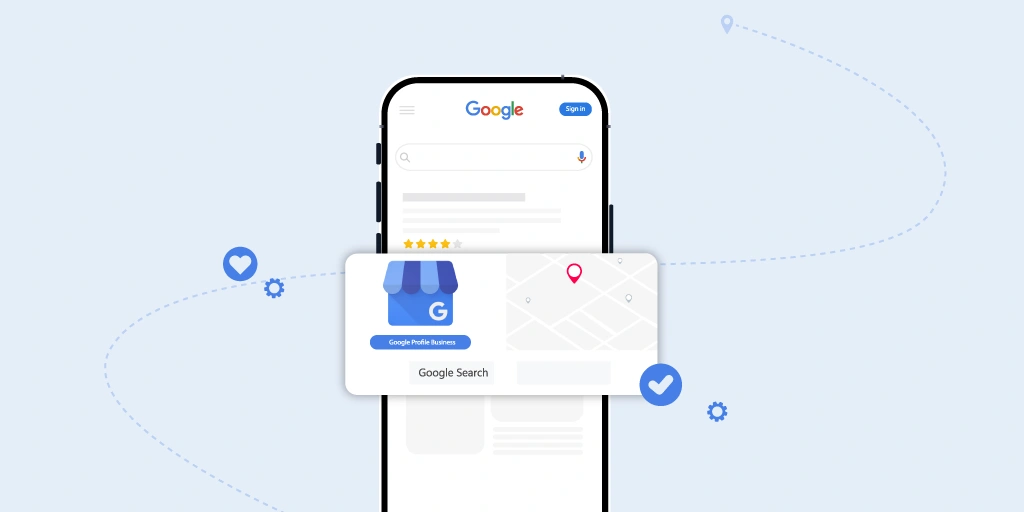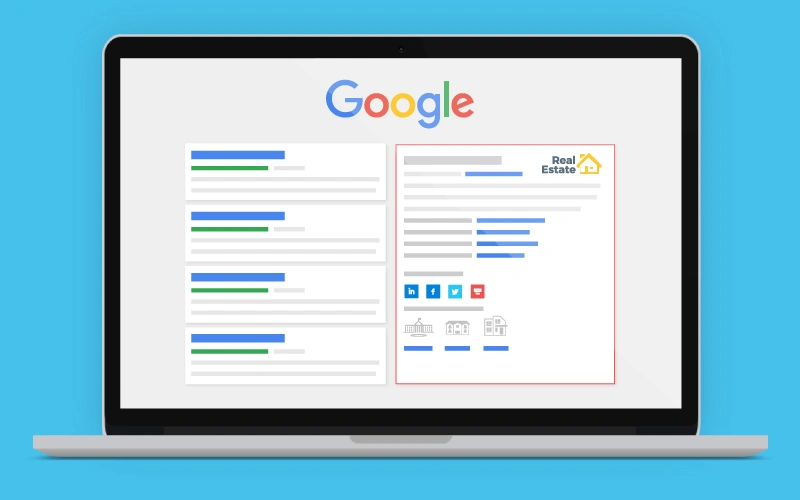Google Discover Introduces Infinite Scroll - What SEOs Need to Know

Google has rolled out infinite scrolling inside Google Discover, replacing the old “Load More” pagination. This shifts Discover from a swipe-card feed into a continuously expanding content stream - very similar to TikTok, Instagram Reels, and YouTube Shorts.
For SEOs, content strategists, and publishers, this change matters for one big reason:
The layout has changed - and when layout changes, behaviour changes, which means visibility, click-throughs, and engagement signals may change too.
This article breaks down the update, its implications, how to adapt, and how Appear Online helps brands stay ahead.
What Changed in Google Discover?
For years, Discover used a paginated swipe experience. Now, scrolling reveals an endless stream of new cards - no buttons, no breaks, no mental reset.
This is not a ranking update, but it will influence:
- How far users scroll before bouncing
- How many items are viewed per session
- How much value “position 1” now holds
- Whether weaker content still gets impressions
Table 1: How Infinite Scroll Changes User Behaviour
The real impact of this update isn’t the feature itself, but the behavioural shift it triggers. Like every infinite-scroll product (TikTok, Reddit, LinkedIn, Reels), the more effortless the action, the longer the session. In Discover, this means users will scroll past more articles, even if they don’t click them. That results in higher impression counts, diluted CTR percentages, and more volatile performance reports inside Search Console.
Below is a breakdown of how infinite scroll typically affects engagement signals compared to traditional pagination, based on industry-wide UX studies and previous Google infinite scroll rollouts.
Table 2: SEO Risks & Opportunities
Like every UX update Google ships, this comes with winners and losers. Infinite scroll does not change rankings, but it changes how rankings perform. Lower-ranked Discover content may now gain impressions without gaining clicks - which can mislead SEOs into thinking performance is “down” when visibility is actually higher. Meanwhile, top positions may appear to lose CTR even if traffic stays stable.
To adapt, SEOs should focus less on “position” and more on engagement depth, save rate, and brand recall.
Table 3: How to Optimise for Discover in 2024+
Discover is not Search. It behaves like a social feed with Google-level intent signals. That means SEO rules still apply, but UX and UX + E-E-A-T matter more. Google has publicly confirmed that Discover favours freshness, imagery, entity confidence, and site reputation. Below is a tactical checklist for teams who want to stay visible during the rollout.
So… Does Infinite Scroll Mean More Traffic?
Not automatically.
✅ More impressions
✅ More brand visibility
❌ Not guaranteed clicks
❌ Not guaranteed conversions
Google Discover has always been algorithmic + unpredictable, and this UI change makes it even more so.
If your brand isn’t producing high-trust, visual, mobile-first content, you will lose space to publishers who do.
How Appear Online Helps Brands Win in Discover
Unlike most agencies, we don’t treat Discover as “just another ranking”. We build entity-led content ecosystems designed for:
- Repeated Discover exposure
- High-CTR visual formats
- Real author profiles + schema
- Google News + Discover eligibility
- Quarterly refresh workflows
🔥 Case Study: 212% Discover impressions in 90 days (Tech vertical)
🔥 Lowest performing post now outperforms old best-seller
🔥 Click-through rate recovered after UX rewrite, not keyword change
Want the same? → Book a 15-minute strategy call
FAQs
Is this a ranking update?
No - rankings are the same. Behaviour and visibility patterns are what changed.
Does this affect Google Search results?
No. This change is only for the Discover feed, not web search.
Will CTR go down?
CTR percentage may fall, but total traffic may stay the same or increase. That is normal.
Do I need structured data for Discover?
Google says no, but E-E-A-T schema helps the algorithm understand entity trust.
Should I write different content for Discover?
Yes - Discover rewards emotional hooks, visuals, and recency more than keyword targeting.
CTA
🚀 Want your content to win in Discover, not drown in it?
Get a free Discover eligibility audit — zero obligation.
🔗 https://www.appearonline.co.uk/contact
Small-Print Compliance
Data, quotes, and original reporting credited to Search Engine Roundtable (source: Barry Schwartz, Dec 2024 update). Our analysis extends the topic; it does not copy the source.
References:
https://developers.google.com/search/docs/fundamentals/creating-helpful-content
https://www.seroundtable.com/google-discover-infinite-endless-scroll-40321.html
.avif)







